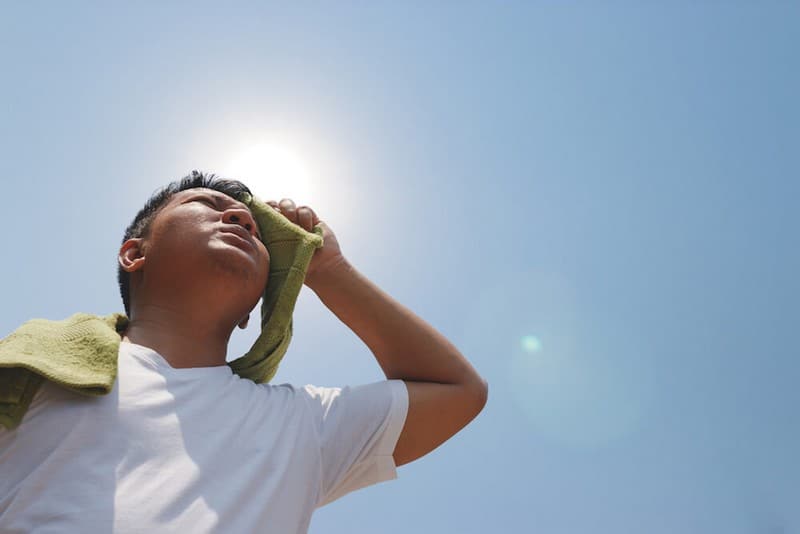Ringworm, or tinea corporis, is a term that refers to different fungal infections, usually at the skin, nails, and scalp’s top layer. It’s called ringworm due to its red, ring-like appearance, and its symptoms depend on which body part is affected. For example, scalp ringworm, or tinea capitis, may present with scaly skin and tenderness or discomfort, while cases of tinea cruris, or groin infections, may come with a burning sensation and redness in the area.
Like its symptoms, treatment options for ringworm depend largely on severity and the affected areas. Oral antifungal tablets are usually used for those whose ringworms develop on the scalp. Antifungal shampoos may also speed recovery and prevent the infection from spreading. In most cases of body ringworm, creams and topical solutions are enough to treat the condition. However, healthcare providers may prescribe more potent topical medications for severe symptoms that don’t respond to over-the-counter medicines.
It’s rare for fungal infections to spread underneath the skin’s surface. However, the condition may enter broken skin and cause complications if left untreated. Moreover, those with conditions that weaken immune systems, like AIDS or HIV, are more vulnerable. Therefore, it’s recommended to get medical treatment immediately.
Warm and Humid Temperature

Ringworm is primarily caused by a fungus known as dermatophytes, which consumes keratin, proteins that make up the skin, hair, and nails. Like many fungi, it grows best in humid and warm conditions. It’s why meat has to be refrigerated at -20°F at least. Therefore, it’s best to remain dry and cool at all times. Avoid restrictive or tight clothing if possible, as it may result in excessive sweating, making you more susceptible to the development of ringworms.
For those who live in tropical countries where the weather is normally humid or warm, try to stay in air-conditioned locations as much as possible. Drinking plenty of fluids and opting for lightweight, light-colored, loose clothing will also help keep your body cool. Also, choose footwear that allows air to flow and circulate better, keeping your lower extremities dry and preventing the onset of ringworm from growing on your feet.
It’s easier for ringworms to develop in moist, dark, and warm areas of the body. Therefore, it’s always recommended to keep your skin clean to avoid creating an environment where it can thrive. So bathe when needed. The cleaner you are, the lower the risk of developing ringworm. As such, you must always adopt health hygienic practices to avoid fungal infections.










